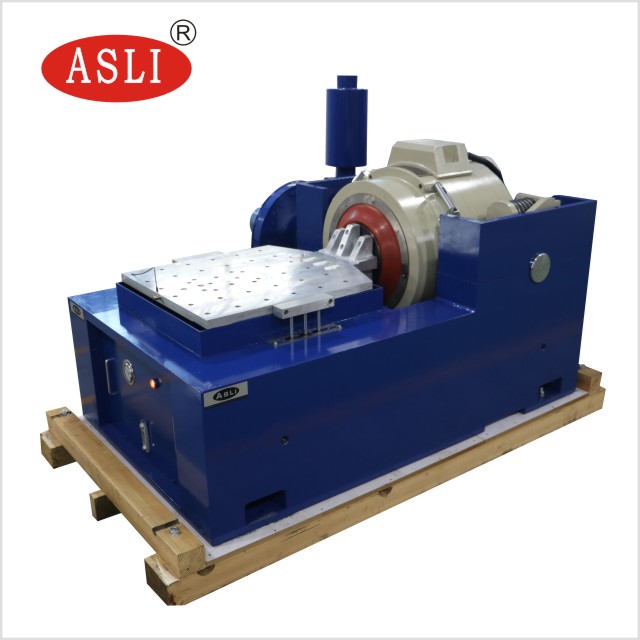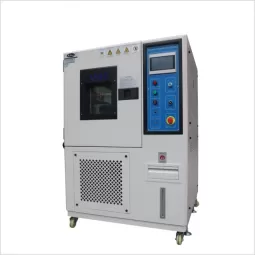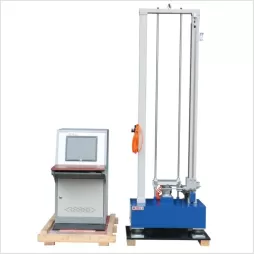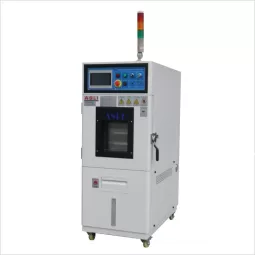5 Common Failures a Vibration Table Catches Before They Hit the Field
You know your product passes bench tests—but will it survive real-world vibration? A vibration table (or shaker) can expose hidden failure modes long before your customer sees failure. Here are five issues that surface early:
Solder joint fatigue on PCBs
Even small repeated stresses crack the older material over thousands of cycles. Vibration testing lets you catch those before field breakdown.Connector separation or pin fatigue
Shock or oscillation loosens connectors, especially where tolerances are tight. Testing under real spectra ensures your jigs hold.Resonant amplification in structural parts
If your housing has a resonance at a working frequency, vibration magnifies stresses. A sine sweep identifies those frequencies so you can redesign.Loosening of fasteners and bracket fatigue
Bolts or rivets that looked solid can back out under harmonic loading. Testing picks up fatigue, dizziness, or micro-movement that would otherwise go unnoticed.Fragile component shift or delamination
Flexible layers, adhesives, and potting materials may delaminate under vibration + frequency cycling, especially combined with thermal stress.
So, how do you pick a vibration setup? Focus on usable force across frequencies (not just peak number), transmissibility from table to DUT (how faithfully motion transfers), fixture design (avoid preferential stress paths), and multi-axis capability. The right combination of table spec, fixture, and control profile determines whether a vibration test uncovers real weaknesses—or just shakes in vain.













